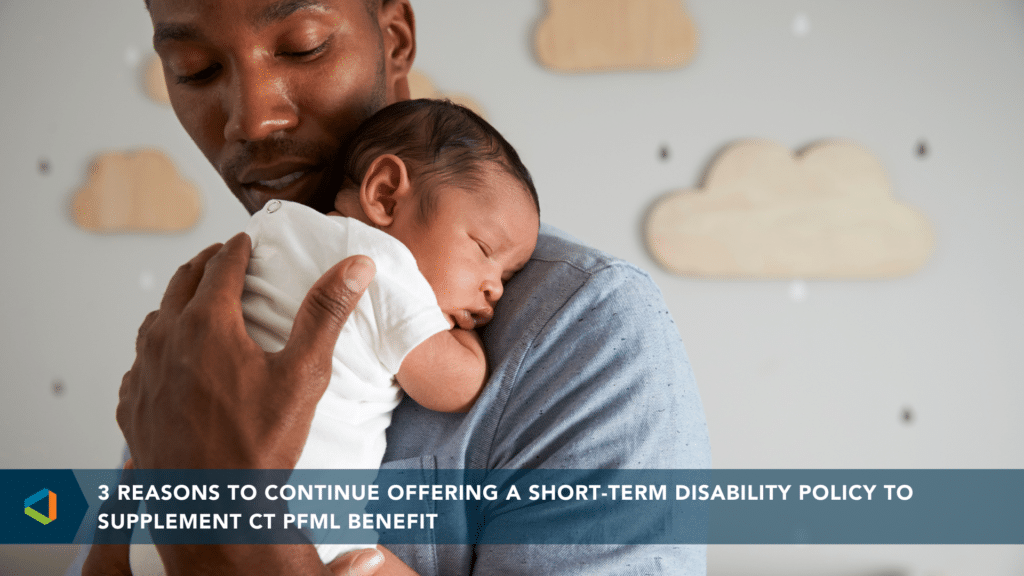Although 2013 was a relatively stable year in terms of employer health benefit costs, don’t get too comfortable. As 2014 fast approaches, these rates are expected to rise significantly. Companies with 50 or more employees are required to offer insurance or pay a penalty beginning in 2015. On the other hand, small employers are beginning to consider dropping coverage for their employees altogether.
The CT Mirror ran an article entitled “Stable year for employer health benefit costs, but dramatic changes could be coming.” OneDigital Managing Principal Brian Driscoll was featured Tuesday, predicting how some small businesses will take action as a result of these changes. Arielle Levin Becker of The CT Mirror writes:
Driscoll expects that some small employers will “take a hard look” at whether to continue providing coverage and possibly eliminate their health plans, allowing workers to buy coverage on their own through Access Health.
Stable Year for Employer Health Benefit Costs, but Dramatic Changes Could be Coming
--Arielle Levin Becker, The CT Mirror
The cost of employer-sponsored health insurance rose modestly throughout the country in 2013, but the growth was still more than twice that of wages and nearly five times higher than inflation, according to a report released Tuesday.
Even so, it was a relatively stable year for employer-sponsored health insurance -- perhaps the last for a while.
“More changes are expected over the next several years as many of the more far-reaching provisions of the health reform law will take effect in 2014,” said the report, released by the Kaiser Family Foundation and Health Research & Educational Trust.
Those changes include new rules about what benefits health plans must cover, how insurance prices are set, and the creation of new insurance marketplaces that will allow individuals and employees of small businesses to select from multiple plans.
Some experts expect smaller employers to consider dropping coverage and letting their workers buy insurance in the new marketplaces, while larger employers might consider changing the way they handle benefits to give workers more choices and financial responsibility.
Meanwhile, companies are increasingly offering wellness programs aimed at improving workers health, something expected to continue as a new tax on high-cost plans looms in 2018.
What it costs
On average, it costs $5,884 in premiums to cover a single person through an employer-sponsored health plan this year, a 5 percent increase from last year, according to the survey.
The average cost for a family plan is $16,351, up 4 percent from 2012. That’s 80 percent higher than it was a decade ago.
The amount workers had to pay for that coverage didn’t change in a statistically significant way in the past year. This year, people pay an average of $999 for individual coverage and $4,565 for a family. On average, workers paid 18 percent of the premiums for single coverage, and 29 percent for family coverage, which the report said was relatively unchanged for the past decade.
But premiums are only a part of what people pay for health care. More than three-quarters of workers have plans with deductibles that require them to spend a certain amount of money before most services are reimbursed by the plan. This year, those deductibles averaged $1,135 for a single person, up more than 54 percent since 2008.
And Drew Altman, the Kaiser Family Foundation’s president and CEO,said the increased out-of-pocket costs consumers face are an important counterpoint to what he described as a year of “very moderate” premium increases.
“That’s not necessarily the public’s perception of what’s going on, because they don’t just pay their share of the premium, they pay other forms of cost-sharing, including especially their deductibles,” Altman said.
Size matters
This year, 57 percent of firms offer health insurance to at least some of their workers, according to the survey. That’s down from 61 percent last year, but the report noted that the change is not statistically significant.
Also unchanged: the differences between large and small companies.
Among companies with 50 or more workers, 93 percent offer insurance to at least some workers this year. (It’s even higher among those with 200 or more workers: 99 percent.)
As part of the federal health reform law, employers with 50 or more workers will be required to offer insurance or pay a penalty, although the Obama administration pushed back the “employer mandate” to 2015, rather than have it take effect next year as originally planned.
Among the smallest employers included in the survey, those with three to nine workers, only 45 percent offered insurance.
What will small businesses do?
Advocates for health reform have expressed hope that the law would help small businesses provide coverage. But some experts are skeptical that small companies that don’t offer coverage now will begin doing so.
Some small employers will be eligible for tax credits if they buy insurance through Access Health CT, the state’s health insurance exchange, a marketplace for buying coverage created by the health reform law.
But Brian Driscoll, Managing Principal at OneDigital Hartford said the salary limits required to qualify for the tax credits are relatively low for the Northeast, making many companies ineligible. Firms can only get the tax credits if their average annual wages are below $50,000 and if they pay at least half of employees’ insurance premiums.
“There’s not a lot of employers that have qualified for that,” said Driscoll, a board member of the Connecticut Association of Health Underwriters.
Instead, Driscoll expects that some small employers will “take a hard look” at whether to continue providing coverage and possibly eliminate their health plans, allowing workers to buy coverage on their own through Access Health.
Among his company’s small-group clients -- those that cover between two and 25 people -- Driscoll expects about 10 percent will stop offering insurance.
Some employers are looking forward to the chance to stop providing coverage, Driscoll said, while others want to offer plans but are struggling with the increasing costs, having already raised deductibles to high levels.
People who buy coverage on their own through the exchange could qualify for federal subsidies to discount the premiums, if their incomes are low enough. Driscoll said some employers that drop coverage might boost workers’ pay to offset the lost benefits, but he noted that doing so could reduce the levels of subsidies employees could receive.




